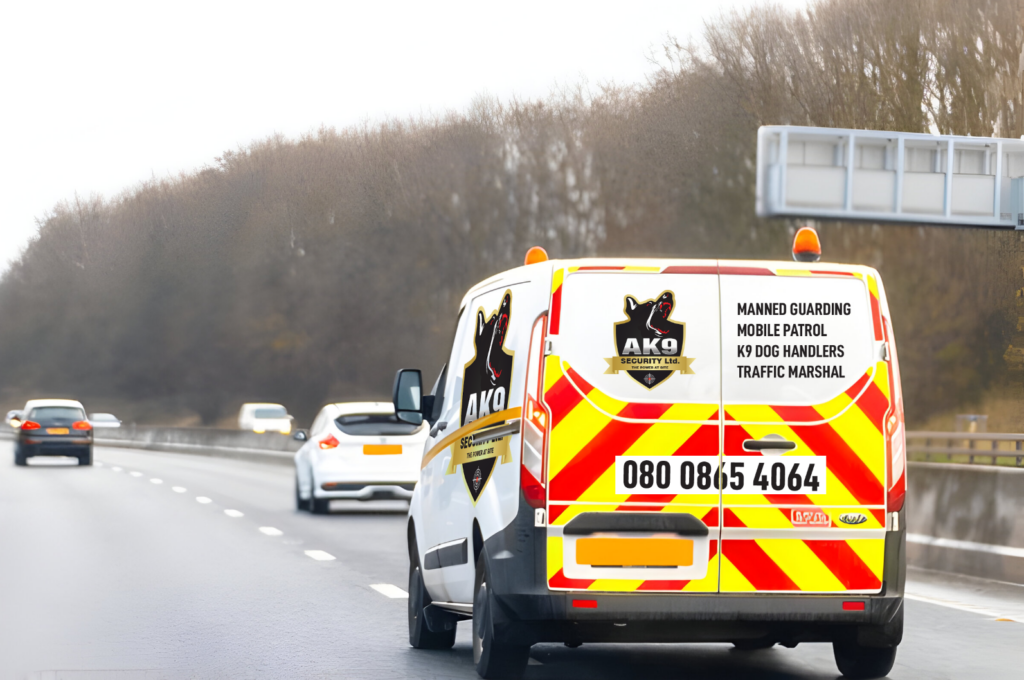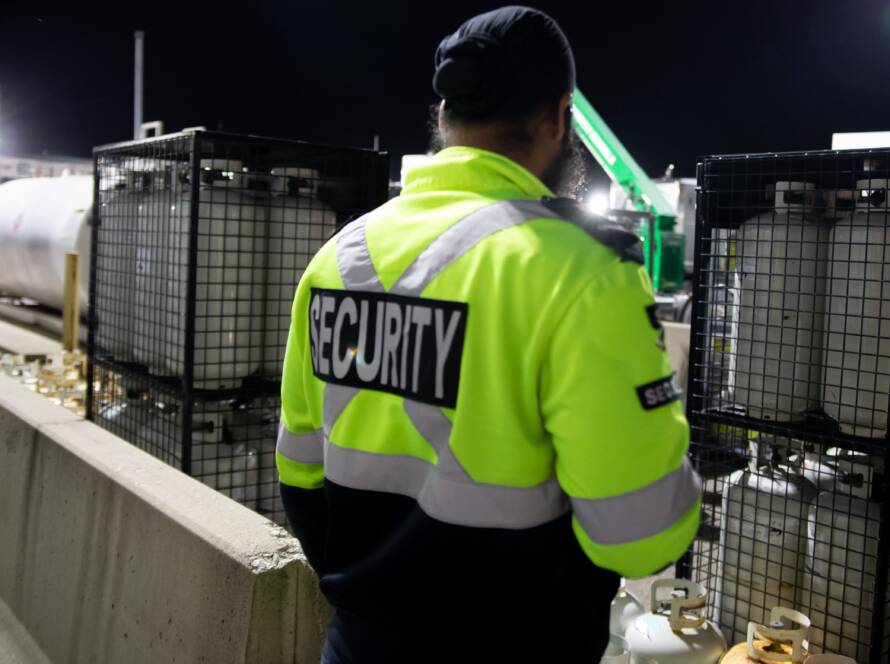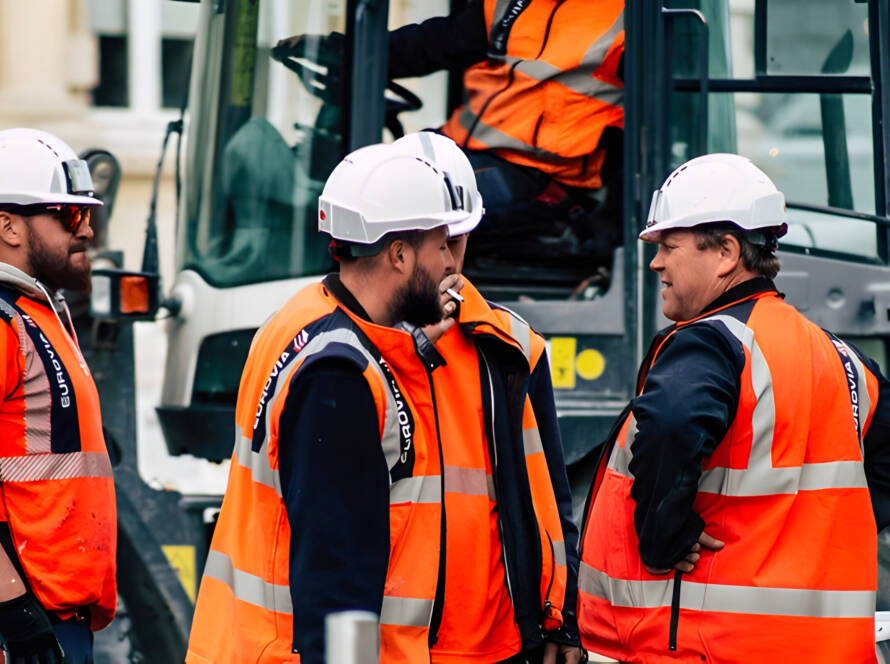Mobile patrol security provides flexible, high-visibility protection without the cost of a full-time static guard at every site. Patrol officers visit your premises at scheduled and random times, check for risks, respond to alarms, and document everything they find. Below is a clear breakdown of what they actually do—and how to get the most value from the service.
Core Duties of Mobile Patrol Officers
1) Visible Deterrence
Marked vehicles and uniformed officers create a strong, immediate deterrent. Presence alone reduces trespass, theft, and vandalism—especially out of hours.
2) External & Internal Patrols
Officers conduct perimeter and interior checks, including doors, windows, gates, and vulnerable areas (plant rooms, yards, roof access). They look for signs of forced entry, hazards, leaks, and unsafe conditions.
3) Lock/Unlock Services
Opening and securing premises at agreed times: disabling/setting alarms, unlocking/locking access points, switching on/off lighting, and making sure the building is safe to occupy or secure to leave.
4) Alarm Response
Rapid attendance to intruder, fire, and technical alarms. Officers investigate, secure the scene, liaise with police/fire services if required, and reset or hand over according to assignment instructions.
5) Access Control & Visitor/Contractor Checks
Verifying credentials, issuing permits, and managing deliveries out-of-hours. This includes supervising contractors working on site and ensuring sign-in/out compliance.
6) Surveillance & Monitoring Support
Coordinating with CCTV and sensors. Officers verify alerts physically, gather evidence (photos, body-worn video where used), and escalate as needed.
7) Health & Safety Checks
Identifying hazards (blocked fire exits, spills, damaged fencing, faulty lighting), placing temporary controls where safe, and reporting for remedial action.
8) Lone-Worker & Welfare Checks
Checking on employees or contractors working alone at night or in remote areas, ensuring communications work and escalation procedures are clear.
9) Parking & Traffic Control
Managing vehicle flow, preventing unauthorised parking, and keeping emergency routes clear—especially useful on construction sites and business parks.
10) Incident Management & Evidence Preservation
Assessing the scene, preserving evidence, recording witness details, and following escalation paths. Officers coordinate emergency services and site contacts.
11) Detailed Reporting & Compliance Records
Digital, time-stamped reports after each patrol or incident: what was checked, what was found, photos/videos, and actions taken. These records support insurance, auditing, and continuous improvement.
12) Key Holding
Holding and safeguarding keys/fobs for emergency access, alarm attendance, and contractor call-outs—so managers don’t have to travel to site at 3 a.m.

How Patrols Are Planned
- Risk-based scheduling: Frequency and timing are set by risk (location, previous incidents, asset value).
- Randomisation: Patrol times/routes vary to stay unpredictable.
- Assignment Instructions (AIs): Clear site briefs: priority areas, alarm codes, contact lists, escalation steps, and reporting templates.
- Technology: NFC/QR checkpoints, GPS tracking, and incident-reporting apps verify attendance and patrol routes.
Sector-Specific Examples
- Construction: Perimeter integrity, plant/fuel protection, trespass prevention, tool/asset checks, lock/unlock for trades.
- Retail & Warehousing: Rear-yard patrols, loading-bay oversight, shrink reduction, alarm response.
- Offices & Business Parks: Out-of-hours patrols, reception lockup/opening, welfare checks for late workers.
- Residential & Estates: Car park security, ASB deterrence, communal-area checks, concierge support.
- Events & Venues: Queue management, perimeter sweeps, back-of-house protection, after-hours lockup.
KPIs to Measure Performance
Customer satisfaction / SLA attainment
Patrol compliance (checkpoint completion %)
Alarm response time (arrival-to-clear)
Incident rate and closure time
Report quality (detail, photos, timeliness)


